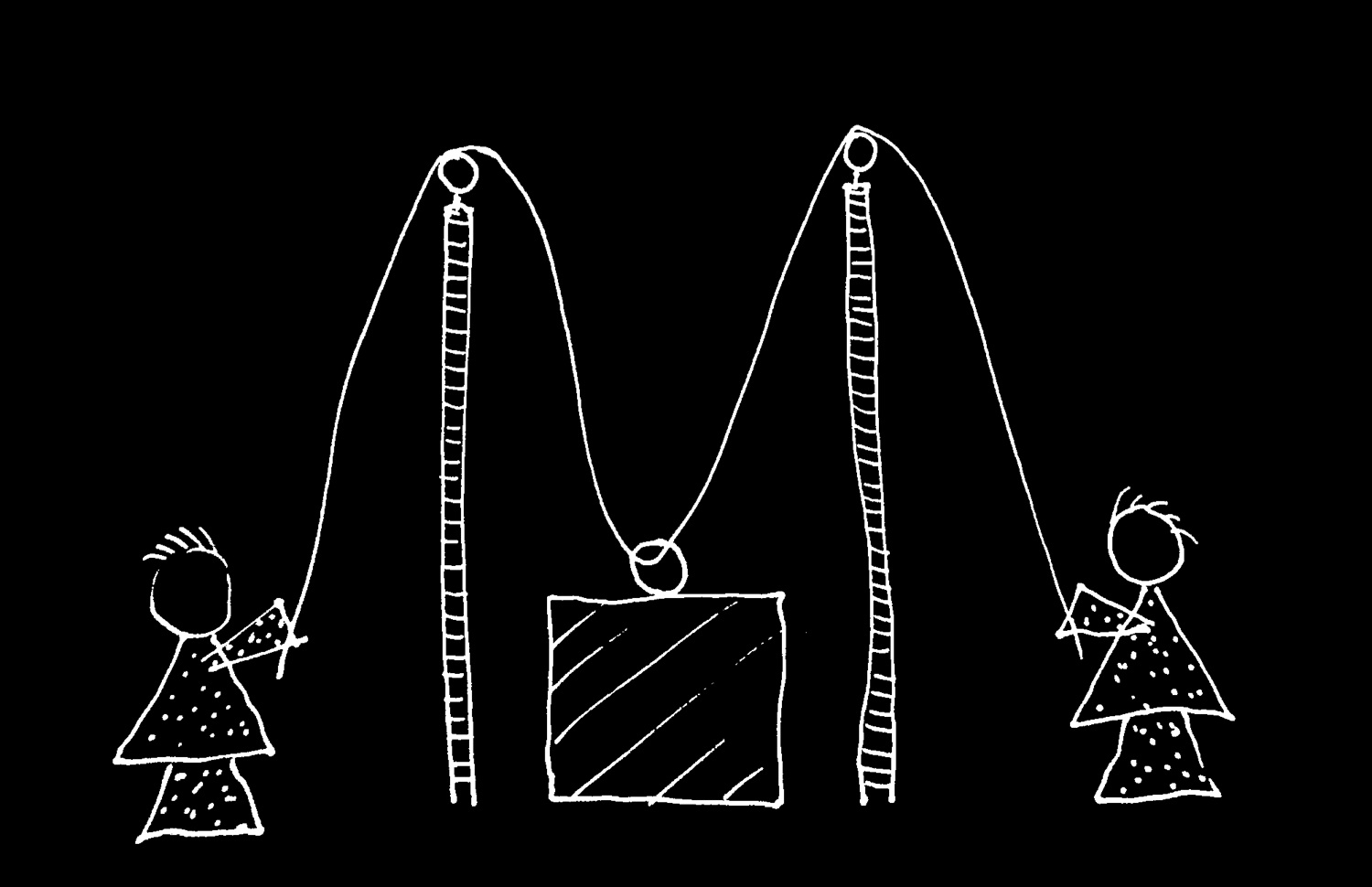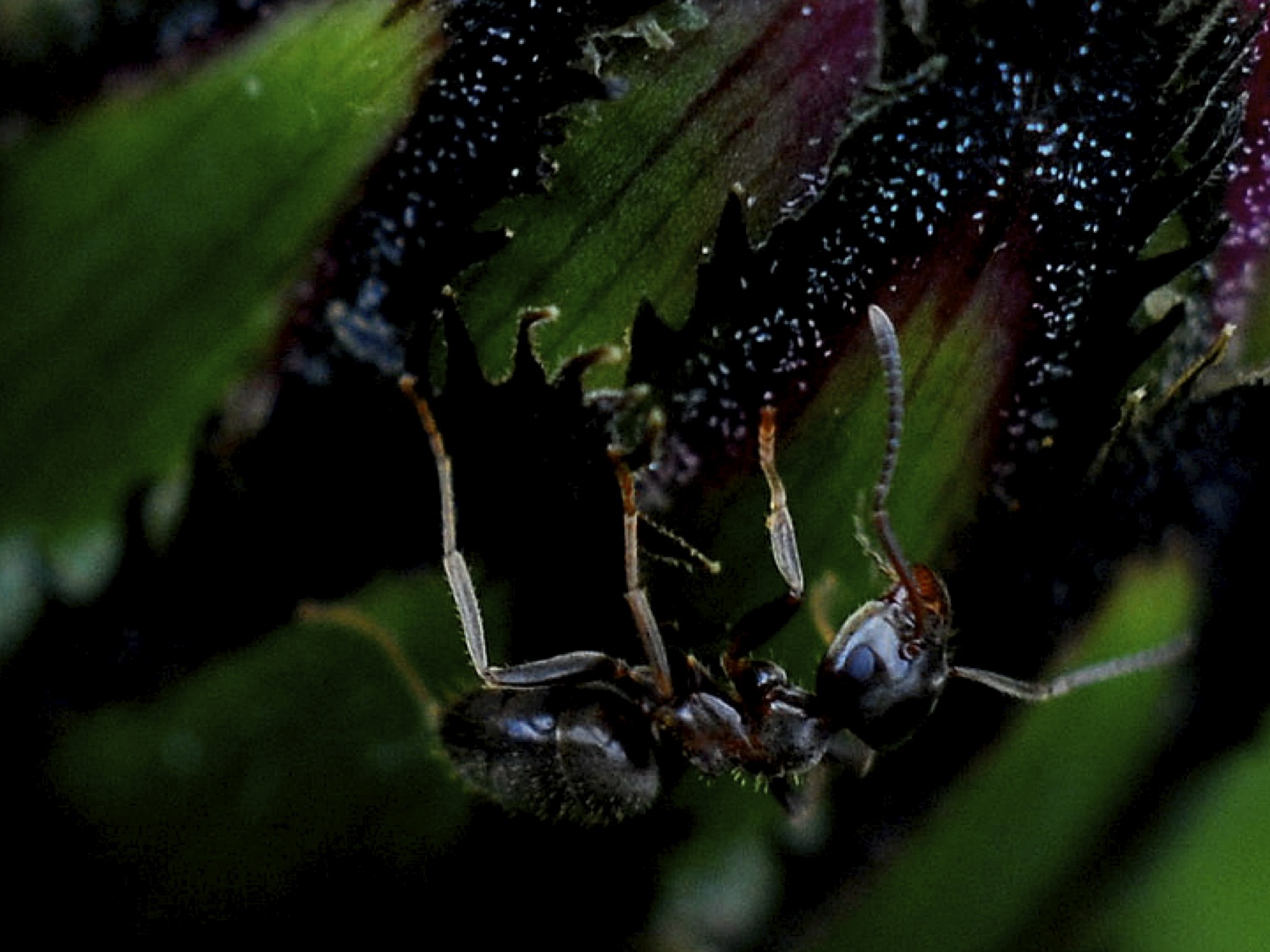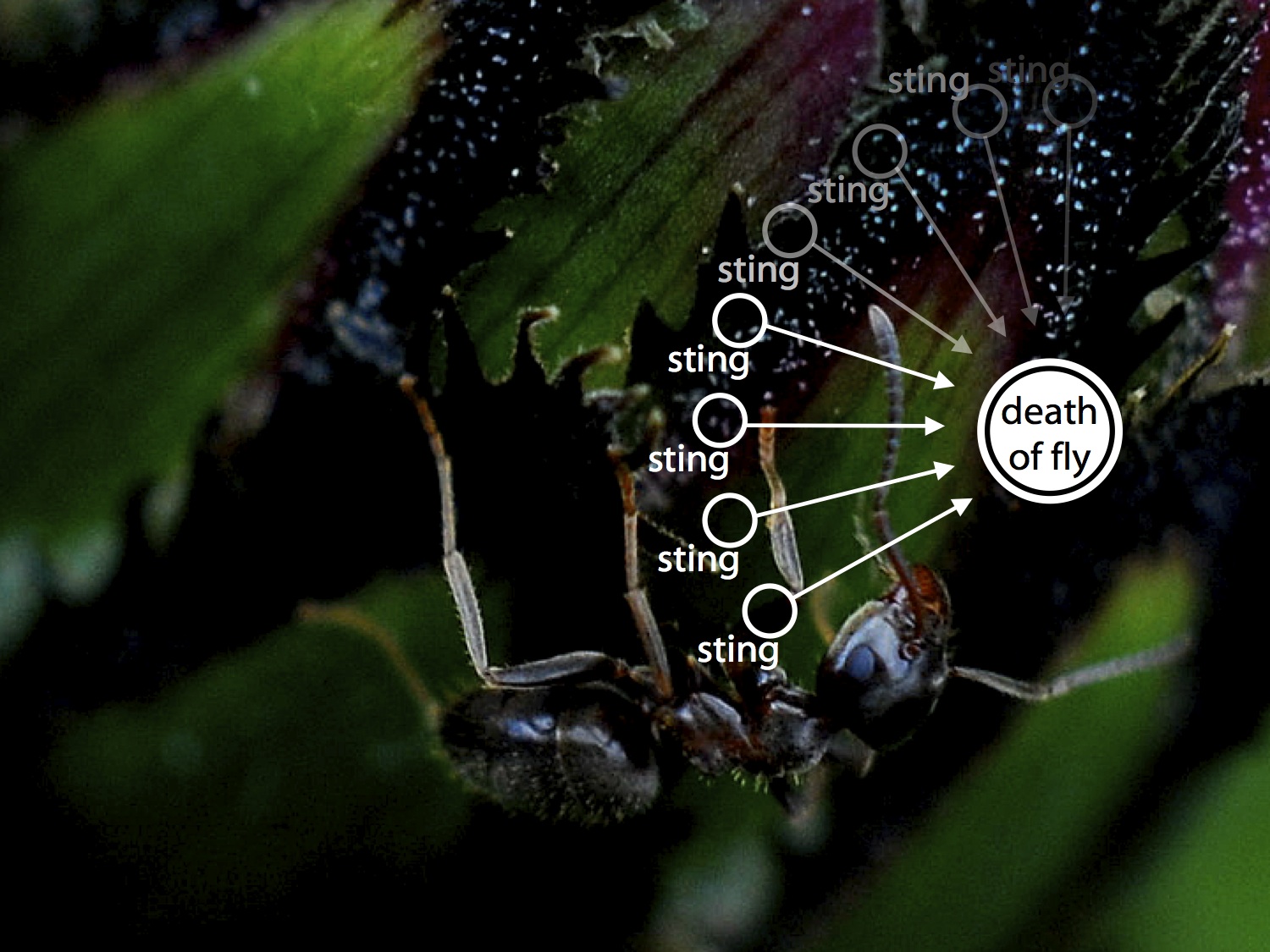Click here and press the right key for the next slide (or swipe left)
also ...
Press the left key to go backwards (or swipe right)
Press n to toggle whether notes are shown (or add '?notes' to the url before the #)
Press m or double tap to slide thumbnails (menu)
Press ? at any time to show the keyboard shortcuts
The Circularity Objection Again

We each intend that we, you and I, cycle to school together.
‘Examples of what I shall refer to ... as “acting together” include dancing together, building a house together, and marching together against the enemy, where these are construed as something other than a matter of doing the same thing concurrently and in the same place’
Gilbert 2013, p. 23

‘The key question in the philosophy of collective action is simply ... under what conditions are two or more people doing something together?’
Gilbert 2010, p. 67
‘two or more people are acting together if [and only if] they are jointly committed to espousing as a body a certain goal, and each one is acting in a way appropriate to the achievement of that goal, where each one is doing this in light of the fact that he or she is subject to a joint commitment to espouse the goal in question as a body.’
Gilbert 2013, p. 34
- Every event of acting together is a joint action.
- Every joint action constitutively involves joint commitment.

Are Ayesha and Beatrice acting together?
Do Ayesha and Beatrice have a joint commitment?
collective vs distributive
The tiny drops fell from the bottle.
- distributive
The tiny drops soaked Zach’s trousers.
- collective


Give another
collective-distributive
contrast pair.
The tiny drops fell from the bottle.
- distributive
The tiny drops soaked Zach’s trousers.
- collective
Their thoughtless actions soaked Zach’s trousers. [causal]
- ambiguous (really!)
Claim:
When collective, they act together.
Gilbert:
- Every event of acting together is a joint action.
- Every joint action constitutively involves joint commitment.
The tiny drops soaked Zach’s trousers together.
The three legs of the tripod support the camera together.
Ayesha and Beatrice lifted the block together.
- In each case there is a collective interpretation.
- The collective interpretation is what makes ‘together’ appropriate.
- It is the same sense of ‘together’ in each case.
- (1) and (2) are not joint actions (nor actions).
- So ‘together’ does not entail joint action.
acting together doesn’t entail joint action
‘The key question in the philosophy of collective action is simply ... under what conditions are two or more people doing something together?’
Gilbert 2010, p. 67
‘any random group of agents is a group that does something together’
Ludwig (2014, p. 128)
Simple View
Two or more agents perform an intentional joint action
exactly when there is an act-type, φ, such that
each agent intends that
they, these agents, φ together
and their intentions are appropriately related to their actions.